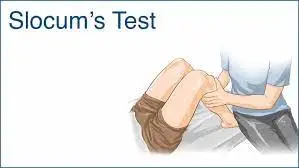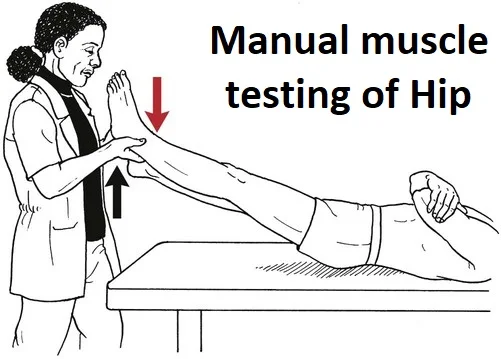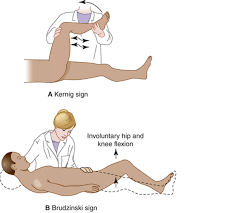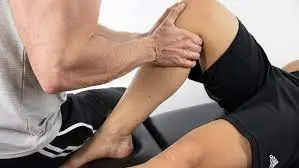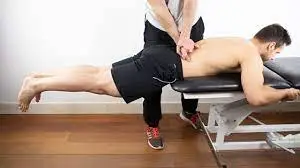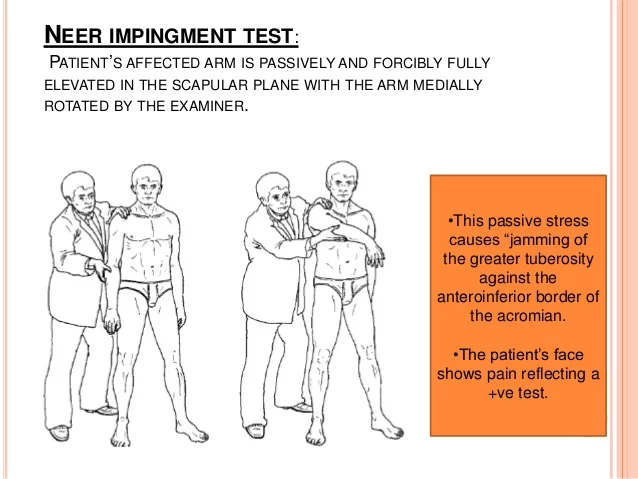Slocum Test for Knee Stability Assessment
Table of Contents
What is a Slocum Test?
The Slocum Test is a clinical examination used to assess the stability and function of the knee joint, specifically focusing on the assessment of anterolateral rotational instability. It is commonly employed by orthopedic surgeons and sports medicine professionals to diagnose and evaluate conditions such as anterior cruciate ligament (ACL) injuries, meniscal tears, and other knee joint pathologies.
Named after its developer, Dr. Douglas Slocum, the Slocum Test is designed to detect abnormal anterior tibial translation and rotation, which can be indicative of knee instability. This test is particularly useful for identifying injuries that may not be evident through standard physical examination techniques.
The Slocum Test involves specific maneuvers and positioning of the patient’s knee to assess the integrity of the ACL and other structures that contribute to knee stability. It is an important diagnostic tool in the evaluation of knee injuries, aiding in the development of appropriate treatment plans and rehabilitation strategies.
Introduction
The knee joint is a necessary part of the human body that provides stability in daily activities such as walking, running, and climbing stairs. Its stability depends on several anatomical structures working together to support and function properly.
Bones, ligaments, tendons, meniscus, and other soft tissues make up most of the knee joint. Bones offer a strong foundation for stability and mobility. The knee joint is healthy and strong when all these elements cooperate to support and permit mobility. However, if any of these parts are harmed by an accident or illness, discomfort, or instability, it may be difficult to move.
The Anterior Drawer Test, which measures the anteromedial rotational instability (AMRI) and anterolateral rotary instability (ALRI) of the knee, was modified by Slocum’s test in 1976.
The anterior cruciate ligament is assessed with the anterior drawer test. Anterolateral and anteromedial rotational instability can be assessed by adding an internal or exterior rotation to this test.
Bones, ligaments, tendons, meniscus, and other soft tissues make up most of the knee joint. Bones offer a strong foundation for stability and mobility. The knee joint is healthy and strong when all these elements cooperate to support and permit mobility. However, if any of these parts are harmed by an accident or illness, discomfort, or instability, it may be difficult to move.
The Anterior Drawer Test, which measures the anteromedial rotational instability (AMRI) and anterolateral rotary instability (ALRI) of the knee, was modified by Slocum’s test in 1976.
The anterior cruciate ligament is assessed with the anterior drawer test. Anterolateral and anteromedial rotational instability can be assessed by adding an internal or exterior rotation to this test.
Clinically Relevant Anatomy
If the test is positive, the following structures may be involved:
-Anterolateral: Iliotibial band, lateral collateral ligament, arcuate-popliteus complex, anterior and posterior cruciate ligaments, posterolateral capsule. The anterior cruciate ligament, medial collateral ligament, posterior oblique ligament, and posteromedial capsule are all anteromedial structures.
Purpose
Examining the knee for anterior rotatory instability.
Technique
The patient lies supine, with the knee bent 90 degrees, and the examiner is holding the patient’s foot to the examination table. The foot’s movement causes the tibia to rotate internally by 30 degrees. To identify anterolateral rotational instability, the examiner pulls anteriorly on the tibia. Results are bilaterally compared.
Positive:
Increased tibial anterior translation and tibial internal rotation or excessive movement in the lateral aspect of the knee indicates anterolateral instability.
Anterolateral rotational instability (ALRI) is a manifestation of anterior cruciate ligament (ACL) deficiency of the knee.
This technique allows relaxation due to the 90-degree bending of the knee joint (the origin and insertion of the hamstrings are closer to each other during bending).
To investigate anteromedial rotation instability, the tibia is laterally rotated 15 degrees and the tibia is pulled forward again. Results are compared bilaterally.
Positive: If pathologically increased forward and outward translation of the tibia into the femur is possible, excessive anterior rotation of the tibial medial plateau indicates laxity of the medial structures.
Another method has also been described in the anterolateral rotational instability test
The patient lies on the free side with the intact hip and knee flexed. The patient rotates their pelvis backward until it is 30 degrees away from the supine position. The medial side of the foot of the involved limb is placed firmly on the surface of the examination table with the knee fully extended.
This position eliminates hip rotation, allows the knee to drop into a pronating position, and causes the tibia to internally rotate into the femur. By placing both hands on the lateral side of the knee joint while the patient slowly bends the knee, the examiner assists with this movement and also applies downward pressure to the knee, causing valgus stress and anterior tibial subluxation in the presence of rotational instability. You can see and feel the subluxation decrease when the knee flexes 25-40 degrees.
Which structures are positive for this test?
- Posterolateral capsule
- anterior cruciate ligament
- posteromedial capsule
- posterior oblique ligament
- Lateral collateral ligament
- Posterior cruciate ligament
- Arcute – popiteus complex
- Anterior cruciate ligament
- Posterior cruciate ligament
FAQ
Anterior drawer tests for anteromedial rotary instability (AMRI) and anterolateral rotary instability (ALRI) of the knee are modified by Slocum’s test (1976). The anterior cruciate ligament is assessed with the anterior drawer test.
Reference
Slocum’s Test. (n.d.). Physiopedia. https://www.physio-pedia.com/Slocum%27s_Test
V. Ladva. August 13, 2023. Knee Slocum Test: Why and How Should It Be Performed? Physiotherapy Clinic on Wheels. https://mobilephysiotherapyclinic.in/slocum-test-of-the-knee/
Knee Orthopaedic Test: Slocum’s Test. (n.d.). https://www.matassessment.com/blog/slocum-test

